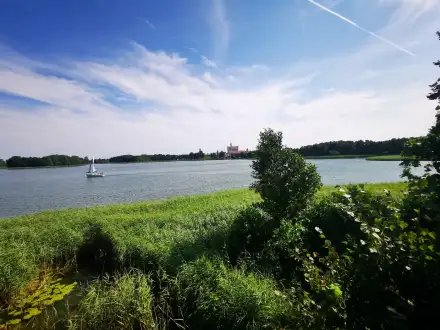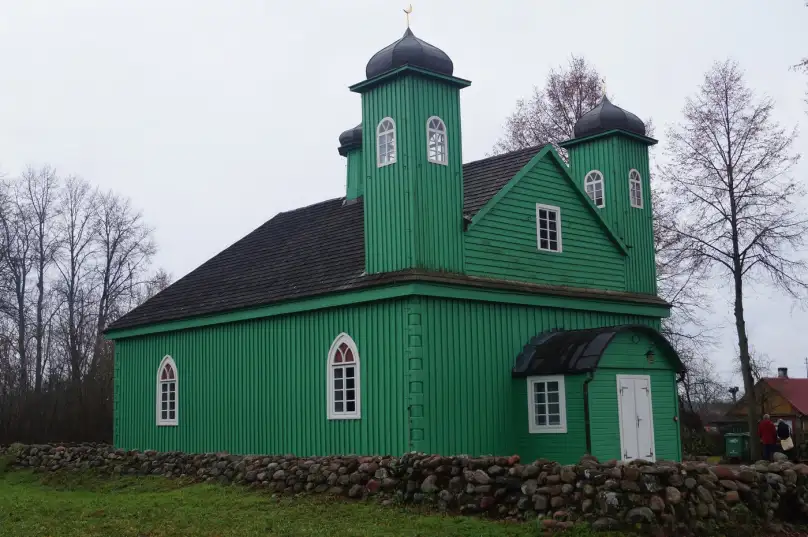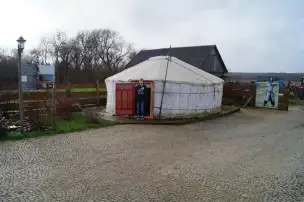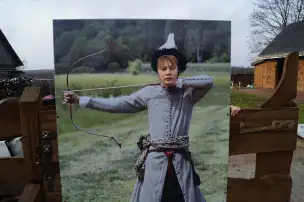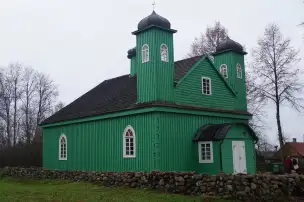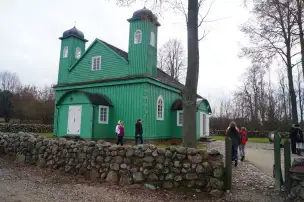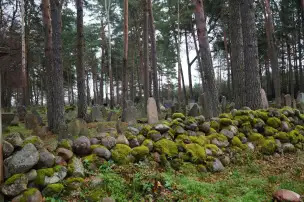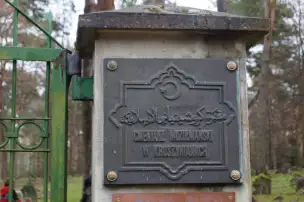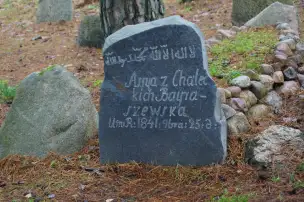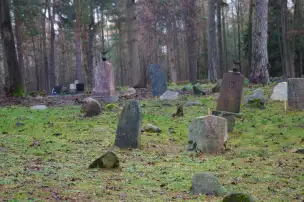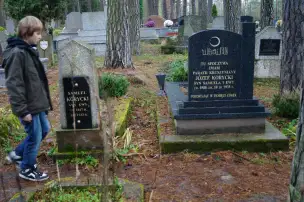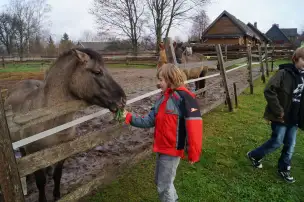This village is primarily known for its unique architecture, which is connected to the Tatar culture that settled in the area as early as the 17th century.
In Kruszyniany, there is one of the oldest mosques in Poland, built in the 18th century by the local Tatars. This mosque is an architectural monument and a popular tourist attraction in the region. Nearby, visitors can also find traditional Tatar houses and a cemetery where distinguished members of the local community are buried.
Wooden Mosque in Kruszyniany
The mosque in Kruszyniany is one of the two oldest mosques in Poland (alongside the mosque in Bohoniki). It is a unique monument of Tatar culture and a symbol of the centuries-long presence of Tatars in the Polish–Lithuanian Commonwealth. The building is made of wood, which is unusual for Islamic places of worship but characteristic for the region.
Kruszyniany was granted to the Tatars by King John III Sobieski in recognition of their military service. This was a result of earlier Tatar settlement on the lands of the Grand Duchy of Lithuania and the Polish Crown. The current wooden mosque was likely built in the second half of the 18th century. During the Polish People's Republic period, the mosque fell into disrepair, but thanks to the local Tatar community, it was preserved. Today, it is protected as a historic monument.
Mizar in Kruszyniany
It is one of the two oldest and most important Tatar cemeteries in Poland (alongside the mizar in Bohoniki). It serves as the burial site for the local Tatar community and stands as a testament to the centuries-long presence of Tatars on Polish lands.
Unlike typical Islamic cemeteries, some of the gravestones in Kruszyniany resemble traditional Polish monuments but feature Arabic elements.
This is an important place of remembrance for Polish Tatars, visited by both descendants of Tatars and tourists. It serves as living proof of the religious tolerance in the Polish–Lithuanian Commonwealth, where Tatars, despite their different faith, enjoyed rights and were able to preserve their identity. The cemetery is protected as a historic monument.
The mizar in Kruszyniany, together with the mosque, forms one of the most valuable complexes related to Polish Tatars and their centuries-old presence in these lands.
Polish Koniks
The Polish Konik is a primitive horse breed that descends from wild tarpans — now-extinct steppe horses that once inhabited Central and Eastern Europe. It is one of the few horse breeds that have retained many traits of their wild ancestors.
Small but strong: standing about 130–140 cm at the withers and weighing 300–400 kg. They are resilient and can withstand harsh climatic conditions, even wintering outdoors in open pastures.
